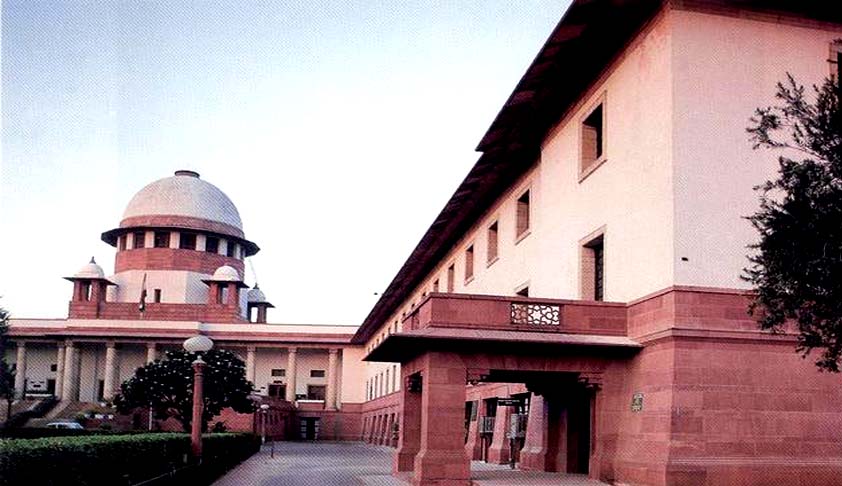- Home
- /
- Top Stories
- /
- Gauhati HC Orders Reinstatement Of...
Gauhati HC Orders Reinstatement Of CRPF Constable Terminated For Misrepresentation Of ST Status, SC Declines To Interfere
LiveLaw Research Team
16 Jun 2017 3:56 PM
In a curious case which involves only determination of facts, the Centre appealed against a Gauhati High Court order directing it to reinstate a Central Reserve Police Force Constable, who was terminated, after a disciplinary proceeding, that he belonged to the OBC category and not to the Scheduled Tribe category. The Constable, Bikash Chandra Nath was recruited as a General Duty Constable...
In a curious case which involves only determination of facts, the Centre appealed against a Gauhati High Court order directing it to reinstate a Central Reserve Police Force Constable, who was terminated, after a disciplinary proceeding, that he belonged to the OBC category and not to the Scheduled Tribe category. The Constable, Bikash Chandra Nath was recruited as a General Duty Constable in the CRPF in 2003, but his service came to be terminated in 2007.
First, a Single Judge of the High Court, on April 10, 2015, concluded that the genuineness of the ST status was to be determined by a three-member committee constituted by the State Government, but it was never made by the competent committee. The scrutiny committee is expected to give reasonable opportunity to the concerned person but here adverse conclusion was drawn without involvement of the competent authority. Due opportunity to Nath was never provided. Finding infirmity in the removal order of 9.6.2007, the Single Judge ordered his reinstatement.
The Centre, however, contended before the Division Bench of the High Court, that when a person secured the job by claiming the false status of belonging to the ST category, he cannot be permitted to remain in service.
Nath, on the contrary, contended that he was never recruited in the CRPF against a reserved category, but was recruited as a general candidate. Although the recruitment was made in 2003, the controversy arose only in 2006, and there could be no justification to terminate, it was pointed out. He further submitted that if his status is to be determined afresh, due opportunity must be afforded and the exercise could be carried out only by the scrutiny committee, and determination by any other authority would be invalid.
The Division Bench noted that nothing was brought on record by the Centre, which appealed against the Single Judge’s order, to show that Nath was recruited under the ST category, and directed the Centre to comply with the order to reinstate him.
The Centre’s appeal against the Division Bench order was heard by the Supreme Court’s Vacation Bench of Justices R.K.Agrawal and Sanjay Kishan Kaul, on Friday, June 16. While the Centre was represented by senior advocate, Ajit Kr. Sinha, the respondent, Nath, was not represented by any counsel.
The Centre pointed out to the Vacation Bench that original documents to show that Nath was recruited under the ST category was provided to the Single Judge, and therefore, the Division Bench’s finding that he was recruited under the open category, was incorrect.
Disposing the SLP, the Vacation Bench asked the Centre to approach the High Court to seek modification of the impugned order, by producing the records. The Vacation Bench declined to stay the contempt proceedings, fixed for June 19 by the High Court, for non-compliance with its order of reinstatement.
Although the High Court has directed all the officers concerned to be present during the contempt proceedings, the Supreme Court has directed only the Head of the Department concerned, who is stationed in Assam, to appear before the Court on that date, “in the interest of justice”.
Even as the Union Ministry of Law and Justice pontificates on the new litigation policy, and the need to curtail frivolous and unnecessary litigation, the outcome of this case in the Supreme Court must make one wonder whether the decision to appeal against the Calcutta High Court’s judgment in this case was correct.

